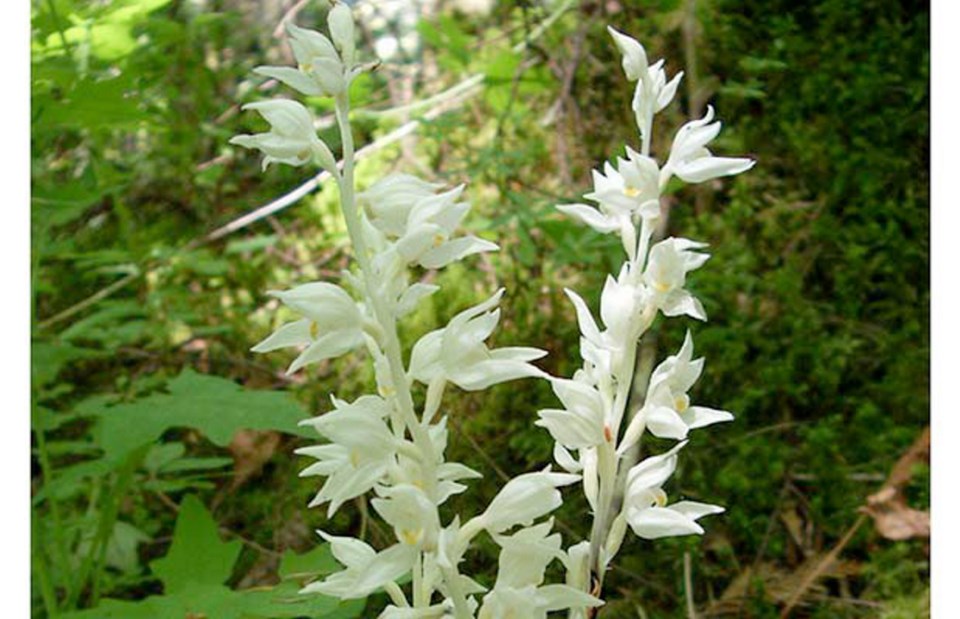Three B.C. plants have been declared endangered by a federal advisory panel of scientists.
The Committee on the Status of Endangered Wildlife in Canada said in its annual conservation review released Monday that while the limber pine tree can live up to 1,000 years, populations in B.C. and Alberta are undergoing sharp declines due mainly to spread of white pine blister rust. The non-native disease was first detected on limber pine in 2006.
Mountain pine beetle and climate change pose additional threats. The pine is restricted to high elevations in the western foothills of the Rocky Mountains.
The conservation status of the phantom orchid, previously listed as threatened, has now been upgraded to endangered. The unusual plant obtains its nutrients from a fungus rather than through sunlight and photosynthesis. Found in southwestern B.C., it is at risk from habitat loss and cannot be grown through cultivation.
The southern mountain population of the toothcup has also been rated as endangered. The plant is known from just two local populations in the southern Interior. Some locations have been lost as a result of shoreline development. The species is limited by the availability of suitable seasonally wet sites, and is threatened by invasive exotic plant species.
The tiny tassel moss is rated as special concern. It has a narrow range in B.C., occurring only in the semi-arid shrub steppe of four valleys in the Okanagan. Surveys have confirmed this species from only 20 sites on steep slopes associated with certain glacial lake deposits. Threats include erosion due to recreational use of the habitat, and maintenance of road cuts. Climate change may also be a threat.
The B.C. seabird, Cassin鈥檚 auklet, is ranked as special concern due to the introduction of predators such as rats and raccoons to breeding islands. Oil contamination and oceanic changes associated with climate change are additional threats.
The red-necked phalarope, a bird that breeds in sub-and-low-arctic wetlands and winters at sea in tropical waters, has also been listed as special concern.


